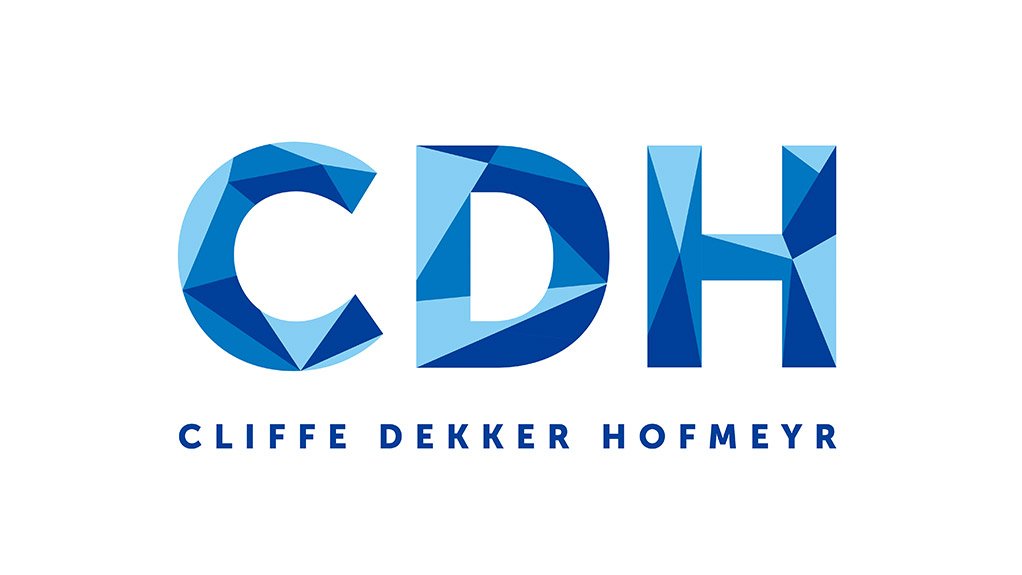Covid-19 (Coronavirus) has been described as a global pandemic and the first of its kind. As a result of the novel Coronavirus outbreak, the world is navigating unchartered territory in combatting it’s devastating effects. Many employers are considering retrenchments, in order to save their businesses in the long run. Usually, a retrenchment consultation process must start as soon as the employer "contemplates" retrenchments.
The employees are notified of the contemplated retrenchments in terms of a section 189(3) notice, issued in terms of the Labour Relations Act 66 of 1995 (LRA). This affords employees the opportunity to engage with their employer, on a list of prescribed topics, before the final decision to retrench is made.
It has always been within the employer's discretion as to whether a retrenchment is being contemplated. This position has now changed. On 5 December 2019, South African Airways SOC Limited (SAA) entered into voluntary business rescue.
On 7 May 2020, the Labour Court in Johannesburg handed down a judgement, wherein the National Union of Metalworkers of South Africa (NUMSA) sought an order declaring SAA's notice in terms of section 189(3) of the LRA unlawful and invalid on the basis that it contravened section 136(1) of the Companies Act 71 of 2008. In summary, Judge van Niekerk had to consider whether it is procedurally unfair in terms of section 189A(13) of the LRA, for a business rescue practitioner (BRP) to issue an invitation to consult in terms of section 189(3) of the LRA, prior to the adoption of a business rescue plan. It was not in dispute amongst the parties that a business rescue plan had not been adopted on the date that the section 189(3) notice was issued.
The answer to the question lies in the interpretation of section 136(1) of the Companies Act. From the outset, the court emphasised the need to interpret section 136(1) in light of the constitutional right to security of employment and that if there is an interpretation to section 136(1) that better promotes the preservation of work security, that interpretation ought to be preferred. The court found that due to the wording of s136(1), unless an event that qualifies as a change of terms and conditions of employment either by way of natural attrition or by the employee's consent, there is complete protection of employees during business rescue proceedings. This means that termination of employment in a business recuse context can take place by agreement by means of voluntary retrenchment packages or, failing an agreement being reached, then as contemplated in the business rescue plan.
The court therefore concluded that section 136(1)(b) of the Companies Act establishes a precondition for the commencement of any retrenchment process during business rescue proceedings: the need to retrench must necessarily be rooted in the business rescue plan itself. The business rescue practitioner is not empowered to retrench employees in the absence of a business rescue plan. As a business rescue plan had not been adopted on the date that the section 189(3) notice was issued, the court granted the order sought by NUMSA.
Based on this judgment, an employer who is entering business rescue proceedings, has one of two options: it must either issue the section 189(3) notice before business rescue commences or alternatively address the retrenchment of the employees in the business rescue plan and wait for the plan to be approved before initiating the retrenchment process.
Written by the Employment and Dispute Resolution practice at Cliffe Dekker Hofmeyr
EMAIL THIS ARTICLE SAVE THIS ARTICLE ARTICLE ENQUIRY
To subscribe email subscriptions@creamermedia.co.za or click here
To advertise email advertising@creamermedia.co.za or click here











